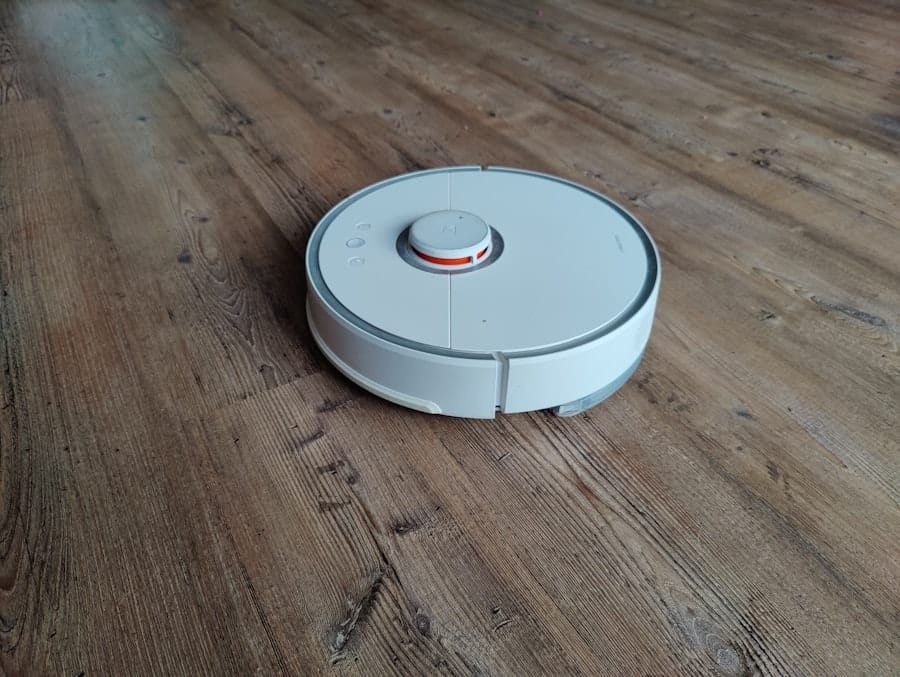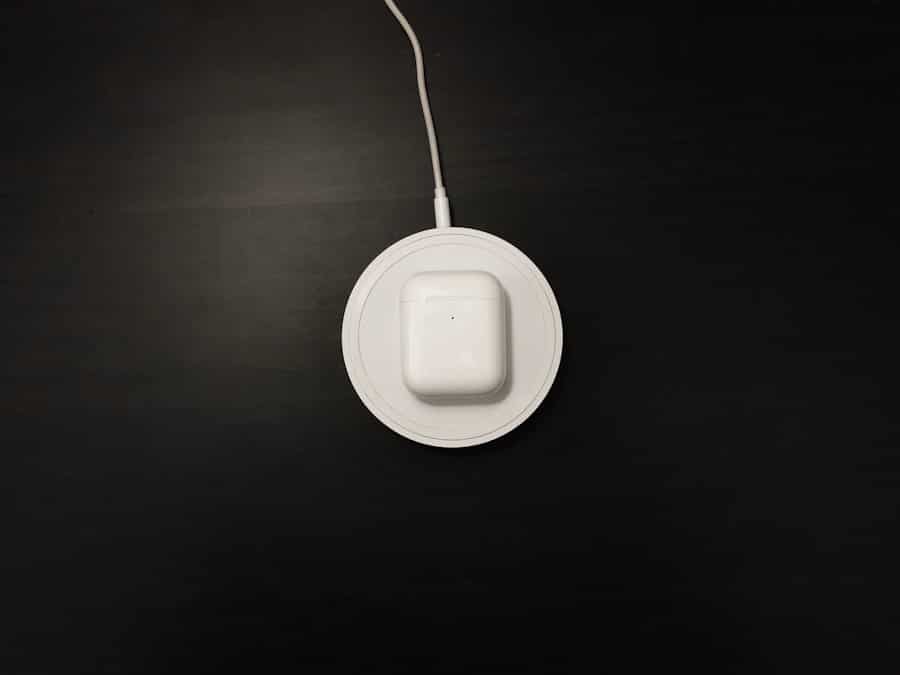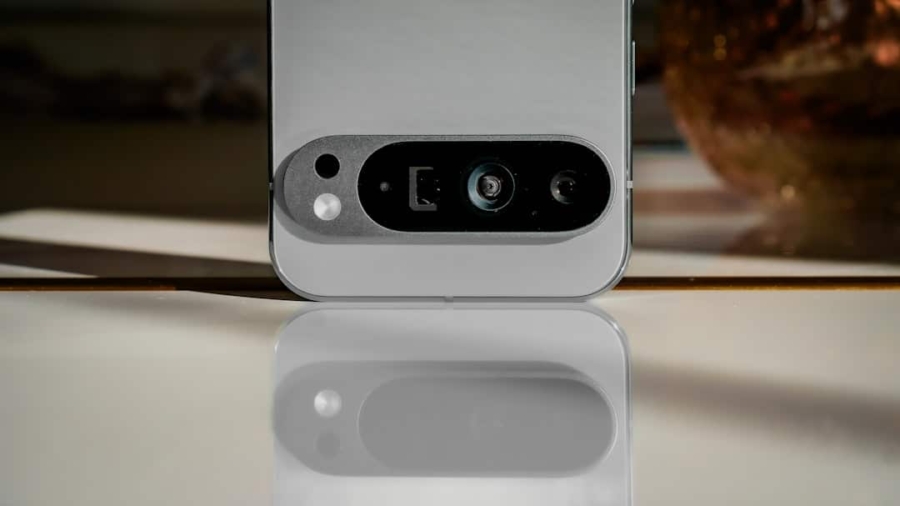The Internet of Things (IoT) has emerged as a transformative force across various industries, revolutionizing how businesses operate and interact with their products. In the realm of consumable tracking, IoT technology offers unprecedented capabilities for monitoring, managing, and optimizing the lifecycle of consumables, ranging from food and beverages to pharmaceuticals and industrial supplies. By embedding sensors and connectivity into consumable items, organizations can gain real-time insights into inventory levels, usage patterns, and environmental conditions, thereby enhancing operational efficiency and reducing waste.
The integration of IoT in consumable tracking is not merely a technological advancement; it represents a paradigm shift in how companies approach supply chain management and customer engagement. With the ability to collect and analyze vast amounts of data, businesses can make informed decisions that lead to improved product quality, enhanced customer satisfaction, and increased profitability. As industries continue to embrace digital transformation, the role of IoT in consumable tracking is poised to expand, offering new opportunities for innovation and growth.
Key Takeaways
- IoT in consumable tracking allows for real-time monitoring and management of inventory, reducing waste and improving efficiency.
- Benefits of using IoT for consumable tracking include improved accuracy, reduced labor costs, better inventory management, and enhanced customer satisfaction.
- IoT technology works in tracking consumables through the use of sensors, RFID tags, and connectivity to gather and transmit data for analysis and decision-making.
- Case studies of successful implementation of IoT in consumable tracking demonstrate improved supply chain visibility, reduced stockouts, and optimized inventory levels.
- Challenges and limitations of using IoT for consumable tracking include high initial investment, interoperability issues, and potential data security risks.
Benefits of Using IoT for Consumable Tracking
One of the most significant advantages of utilizing IoT for consumable tracking is the enhancement of visibility throughout the supply chain. By deploying connected devices that monitor inventory levels in real-time, organizations can gain a comprehensive view of their stock, enabling them to respond swiftly to fluctuations in demand. This level of visibility not only helps prevent stockouts and overstock situations but also allows businesses to optimize their inventory management processes.
For instance, a grocery store equipped with IoT sensors can track the freshness of perishable items, ensuring that products are sold before they expire, thus minimizing waste. Moreover, IoT technology facilitates predictive analytics, which empowers businesses to forecast future consumption trends based on historical data.
For example, a beverage manufacturer can utilize IoT data to predict seasonal spikes in demand for certain products, allowing them to adjust their production plans accordingly. This capability not only enhances operational efficiency but also contributes to cost savings by reducing excess inventory and associated carrying costs.
How IoT Technology Works in Tracking Consumables

The functionality of IoT in consumable tracking hinges on a network of interconnected devices equipped with sensors that collect data about various parameters related to the consumables. These sensors can monitor a wide range of factors, including temperature, humidity, location, and even the condition of the product itself. Once this data is collected, it is transmitted to a centralized platform where it can be analyzed and acted upon.
This process typically involves cloud computing technologies that enable real-time data processing and storage.
If a refrigerator’s temperature rises above a certain threshold, an alert can be sent to the management team, prompting immediate action to prevent spoilage.
Additionally, RFID (Radio Frequency Identification) tags can be used to track the movement of consumables throughout the supply chain. These tags provide unique identifiers for each item, allowing businesses to monitor their location and status at any given time. The integration of these technologies creates a seamless flow of information that enhances decision-making processes.
Case Studies of Successful Implementation of IoT in Consumable Tracking
Numerous organizations have successfully implemented IoT solutions for consumable tracking, demonstrating the technology’s potential across various sectors. One notable example is Walmart, which has integrated IoT technology into its supply chain management practices. By utilizing smart shelves equipped with weight sensors and RFID tags, Walmart can monitor inventory levels in real-time.
This system allows the retailer to automatically reorder products when stock levels fall below a predetermined threshold, ensuring that shelves are always stocked with popular items. As a result, Walmart has reported significant reductions in stockouts and improved customer satisfaction. Another compelling case study is that of Nestlé, which has adopted IoT technology to enhance its supply chain transparency and sustainability efforts.
The company implemented a blockchain-based solution that tracks the journey of its coffee beans from farm to cup. By using IoT sensors to monitor environmental conditions during transportation and storage, Nestlé can ensure that its products maintain optimal quality while also providing consumers with verifiable information about the sourcing and sustainability of their coffee. This initiative not only strengthens brand loyalty but also aligns with growing consumer demand for transparency in food sourcing.
Challenges and Limitations of Using IoT for Consumable Tracking
Despite the numerous benefits associated with IoT in consumable tracking, several challenges and limitations must be addressed for successful implementation. One significant hurdle is the initial investment required for deploying IoT infrastructure. Businesses must consider the costs associated with purchasing sensors, connectivity solutions, and data analytics platforms.
For small and medium-sized enterprises (SMEs), these costs can be prohibitive, potentially limiting their ability to leverage IoT technology effectively. Additionally, the integration of IoT systems into existing operations can be complex and time-consuming. Organizations may face difficulties in ensuring compatibility between new technologies and legacy systems.
Furthermore, training employees to utilize these advanced tools effectively is essential for maximizing their potential benefits. Without proper training and change management strategies, companies may struggle to realize the full value of their IoT investments.
Security and Privacy Concerns in IoT Enabled Consumable Tracking

As with any technology that involves data collection and connectivity, security and privacy concerns are paramount when implementing IoT solutions for consumable tracking. The vast amount of data generated by connected devices can be vulnerable to cyberattacks if not adequately protected. Unauthorized access to sensitive information could lead to significant financial losses or reputational damage for organizations.
Moreover, privacy concerns arise when consumer data is collected through IoT devices. Businesses must navigate complex regulations regarding data protection and ensure that they are transparent about how consumer information is used. For instance, if a company tracks individual purchasing habits through smart devices without obtaining explicit consent from consumers, it could face legal repercussions and damage its relationship with customers.
Therefore, implementing robust security measures and adhering to privacy regulations is crucial for maintaining trust in IoT-enabled consumable tracking systems.
Future Trends and Innovations in IoT for Consumable Tracking
The future of IoT in consumable tracking is poised for significant advancements as technology continues to evolve. One emerging trend is the integration of artificial intelligence (AI) with IoT systems. By leveraging AI algorithms to analyze data collected from connected devices, businesses can gain deeper insights into consumer behavior and preferences.
This capability will enable more personalized marketing strategies and enhance customer engagement. Additionally, advancements in edge computing are likely to play a crucial role in the future of IoT-enabled consumable tracking. Edge computing allows data processing to occur closer to the source of data generation rather than relying solely on centralized cloud servers.
This approach reduces latency and enhances real-time decision-making capabilities. For example, in a manufacturing setting, edge computing could enable immediate adjustments to production processes based on real-time sensor data, leading to increased efficiency and reduced waste.
The Impact of IoT on Consumable Tracking
The impact of IoT on consumable tracking is profound and far-reaching. By providing organizations with real-time visibility into their supply chains and enabling data-driven decision-making, IoT technology has transformed how businesses manage their consumables. From enhancing operational efficiency to improving customer satisfaction, the benefits are substantial.
As industries continue to navigate the complexities of digital transformation, the role of IoT in consumable tracking will only grow more significant. While challenges such as security concerns and implementation costs remain, ongoing innovations promise to address these issues while unlocking new opportunities for businesses worldwide. The future landscape of consumable tracking will undoubtedly be shaped by the continued evolution of IoT technology, paving the way for smarter, more efficient operations across various sectors.
In a recent article from Enicomp, they discuss the importance of IoT in tracking consumables like filters and detergents. This technology allows for more efficient inventory management and helps businesses save time and money. For more information on how IoT is revolutionizing the way we track and manage consumables, check out this article on the best tablet with a SIM card slot here.
FAQs
What is IoT?
IoT stands for Internet of Things, which refers to the network of physical devices, vehicles, home appliances, and other items embedded with electronics, software, sensors, and connectivity that enables them to connect and exchange data.
How does IoT help in tracking consumables like filters and detergents?
IoT enables the tracking of consumables by using sensors and connectivity to monitor usage, inventory levels, and expiration dates. This data can be used to automate reordering, prevent stockouts, and optimize inventory management.
What are the benefits of using IoT for tracking consumables?
Using IoT for tracking consumables offers benefits such as improved inventory management, reduced stockouts, automated reordering, predictive maintenance, and enhanced operational efficiency.
What types of sensors are used in IoT for tracking consumables?
Various types of sensors can be used in IoT for tracking consumables, including RFID tags, barcode scanners, weight sensors, level sensors, and expiration date sensors.
How does IoT technology enable predictive maintenance for consumables?
IoT technology can monitor the usage and performance of consumables, allowing for predictive maintenance by detecting patterns and anomalies that indicate when a filter or detergent may need to be replaced or serviced.
What industries can benefit from using IoT to track consumables?
A wide range of industries can benefit from using IoT to track consumables, including manufacturing, healthcare, hospitality, retail, and facilities management.

